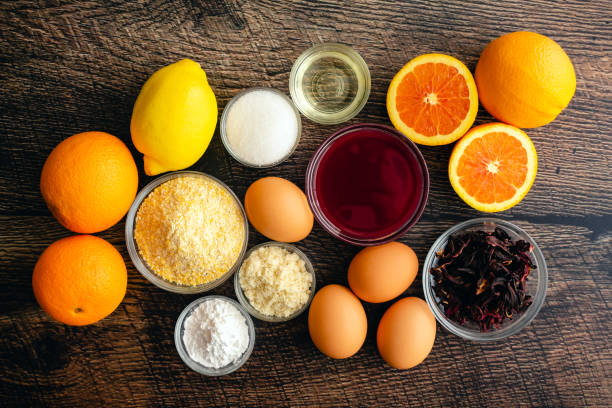For some time, I have been searching for the perfect olive-oil cake. I wanted a cake that used only olive oil as fat and would resist using butter. I wanted it baked in a loaf pan like rustic everyday cakes, with a little crunch around the edges, like a favorite cake at a local coffee shop. Above all, I wanted the cake to be simple and plain. Maybe a bit of zest for flavor, but more about the olive oils, which need little support.
I found most of these things, but the blood oranges with red rust maroons were so striking that I had to include them. Melissa Clark has a way of convincing people. Who is Melissa Clark? Take a look at your bookshelf if you like. Do you recognize any of these? You probably already know her. This woman has written the excellent appetite column in the New York Times for several years. I WAS THRILLED when I heard that she had written her cookbook under her name, with only her recipes. Her stories are short but warm, and her book perfectly fits anyone who loves reading food blogs.
You’re here; I know it for the cake. It would be best if you were, as this cake meets all the olive oil requirements and gets a pretty boost from blood oranges. The combination of oranges and olive oils is a wonderful one. Both have bitter undertones with fruity finishes. In this cake, you can taste both. It has the moist crumb of an excellent pound cake but with a rainy-day quality. The cake keeps well; I only remembered to take a photo three days after I made it, and I could hardly tell that one day had passed. The next day, I swear, it was better. The next day, the cake went down in history like all great cakes.
A year ago: Ginger Fried Rice After two years: Whole Lemon Tart, Which I’ve been meaning to tell, is now perfect. It would be best if you made this; I mean it.
Matzo Ball Soup
Four years ago: Miniature Soft Pretzels and Sour Cream Bran Muffins
Butter to grease the pan
3 Blood Oranges
Sugar, 1 cup (200g or 7 ounces).
Use only 1/2 cup (118ml) of plain yogurt or buttermilk
Three large eggs
Extra virgin olive oil, 2/3 cup (156ml).
All-purpose flour, 1 3/4 cups (219g or 7 3/4 ounces).
Baking powder, 1 1/2 teaspoons (8 g)
1/4 teaspoon baking soda
1/4 teaspoon of salt
Honey-blood orange compote for serving (optional)
Whipping cream for serving
Preheat oven to 350 degrees. Butter a 9-by-5-inch loaf pan. Place sugar in a bowl and grated zest of 2 oranges. Rub ingredients with your fingertips until the orange zest is evenly dispersed in sugar.
To top an orange, cut off the bottom and top of the orange so that fruit can be seen and it stands upright on your cutting board. Peel and pith can be removed by following the curve of the fruit with a knife. Orange segments can be cut out of the membranes that connect them and placed in a bowl. Repeat the process with a second orange. With your fingers, break the segments into about 1/4-inch pieces.
You’ll have approximately 1/4 cup. Add yogurt or buttermilk to the juice until it is 2/3 cup. Pour the mixture into a bowl and add sugar. Whisk well. Add eggs and olive oils.
Combine the flour, baking soda, baking powder, and baking powder in a separate bowl. Stir dry ingredients gently into the wet. Fold in the orange segments. Pour the batter into the prepared pan.
Bake the cake for 50-55 minutes or until golden brown and a knife inserted in the center comes out clean. Cool the cake on a rack until it is room temperature, then remove it from the mold and let it cool down to room temperature. If desired, serve with whipped cream or honey-blood orange compotes (below).
Honey and Blood Orange Compote Supreme: Add three more blood oranges, following the directions above. Add 1 to 2 tablespoons of honey. Stir gently after 5 minutes.

